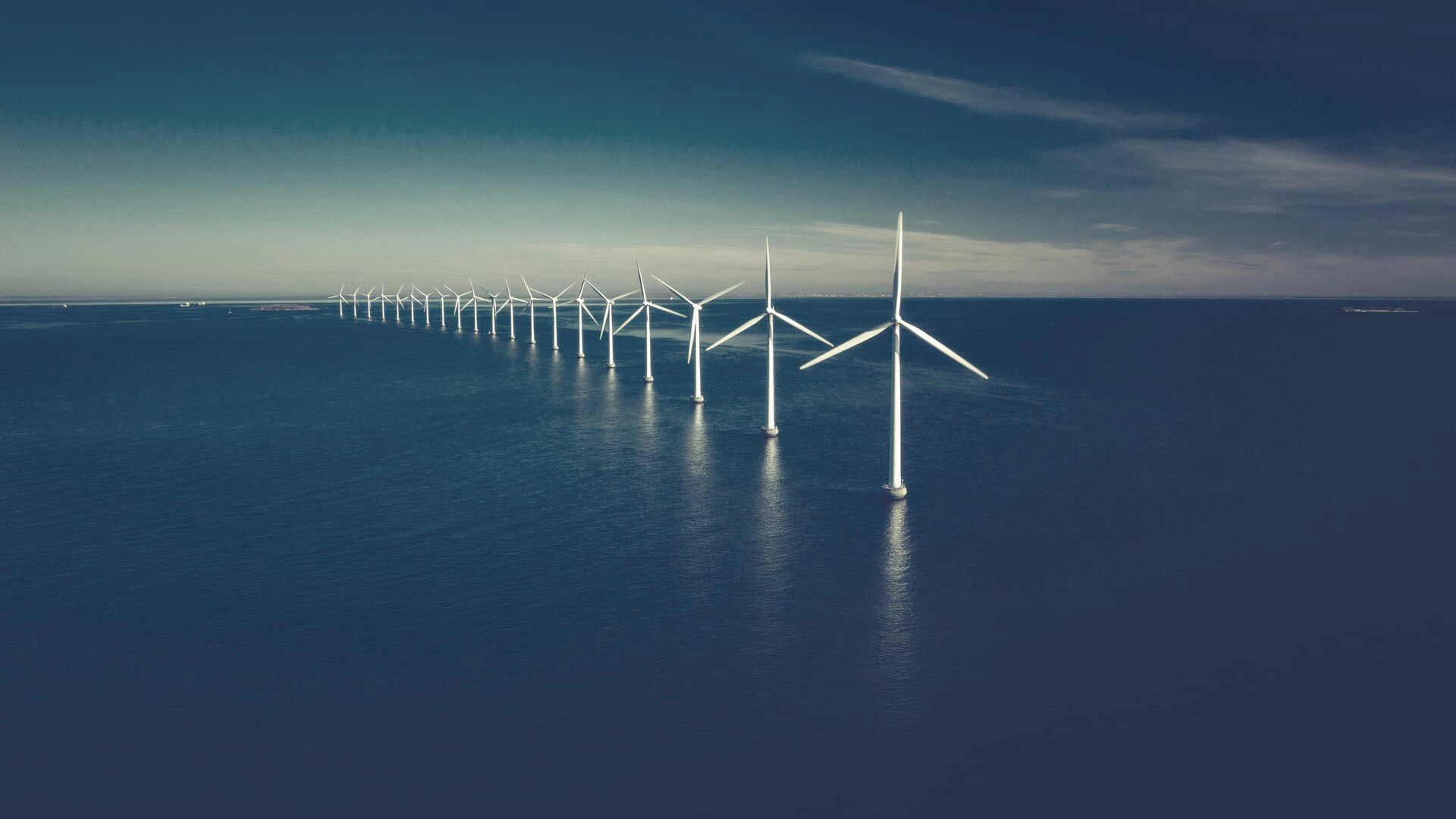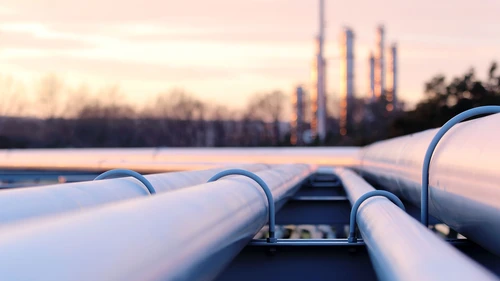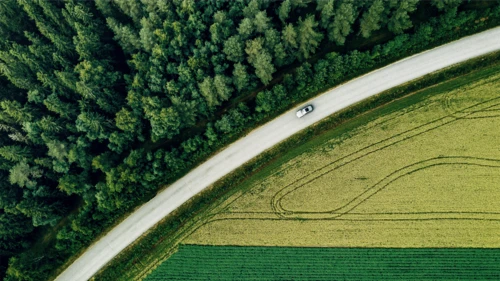
When investors buy this new type of sovereign bond, they help finance government projects that specifically support the green transition – and Nordea has been one of the architects of this bond from the start.
Jacob Michaelsen, Head of Sustainable Finance Advisory, who was the leading adviser from Nordea, says:
“The central bank had for quite a while been communicating that this new type of bond was on the way. So the investors were naturally ready to buy, but demand was also fuelled by investors feeling very reassured by the analysis, criteria and selection of green projects that have gone into the launch of this bond. It is closely linked to the government’s budget and ambition to transition to greener forms of energy and transport.”



